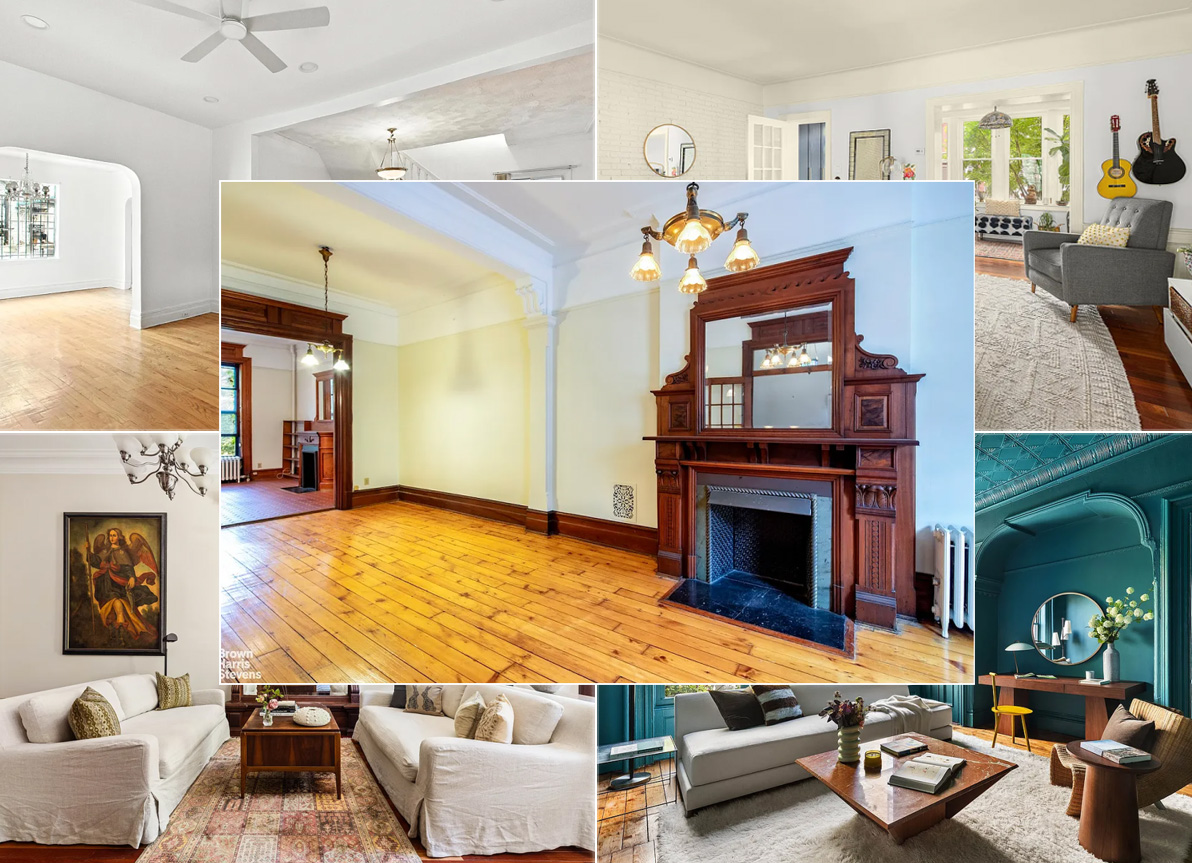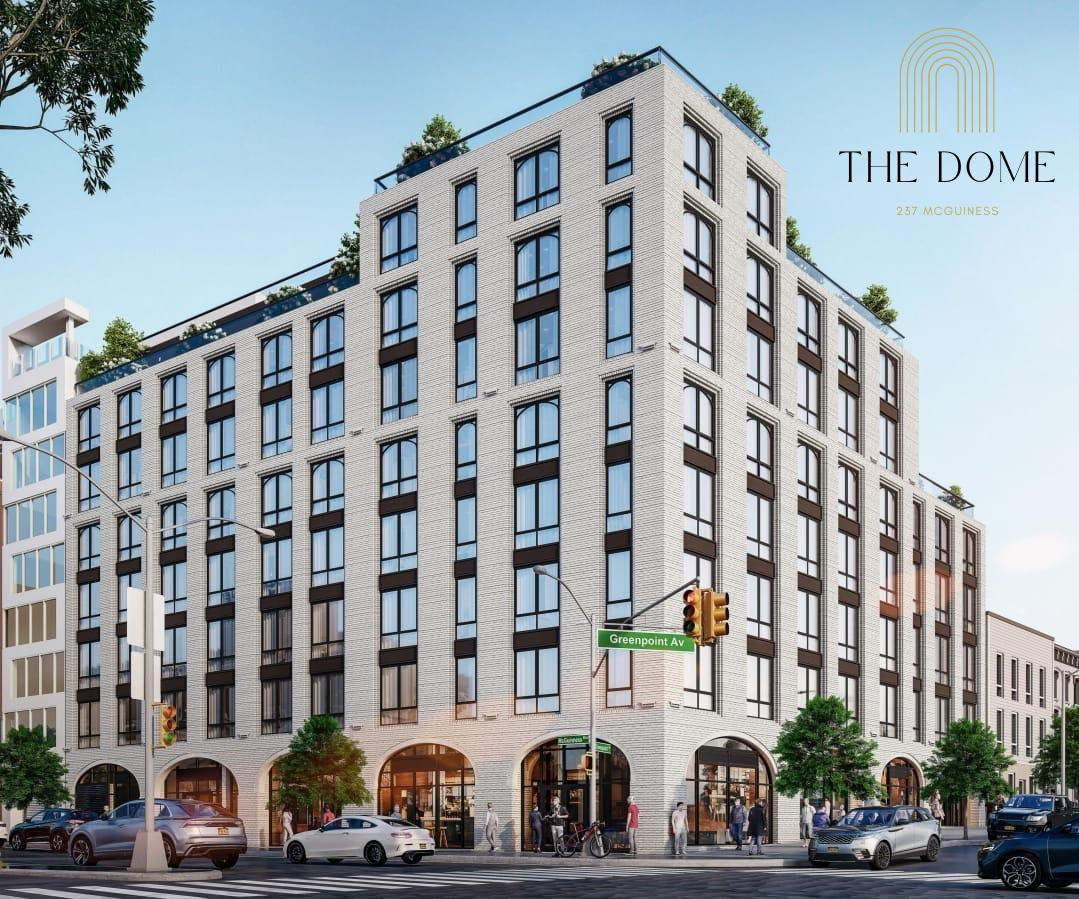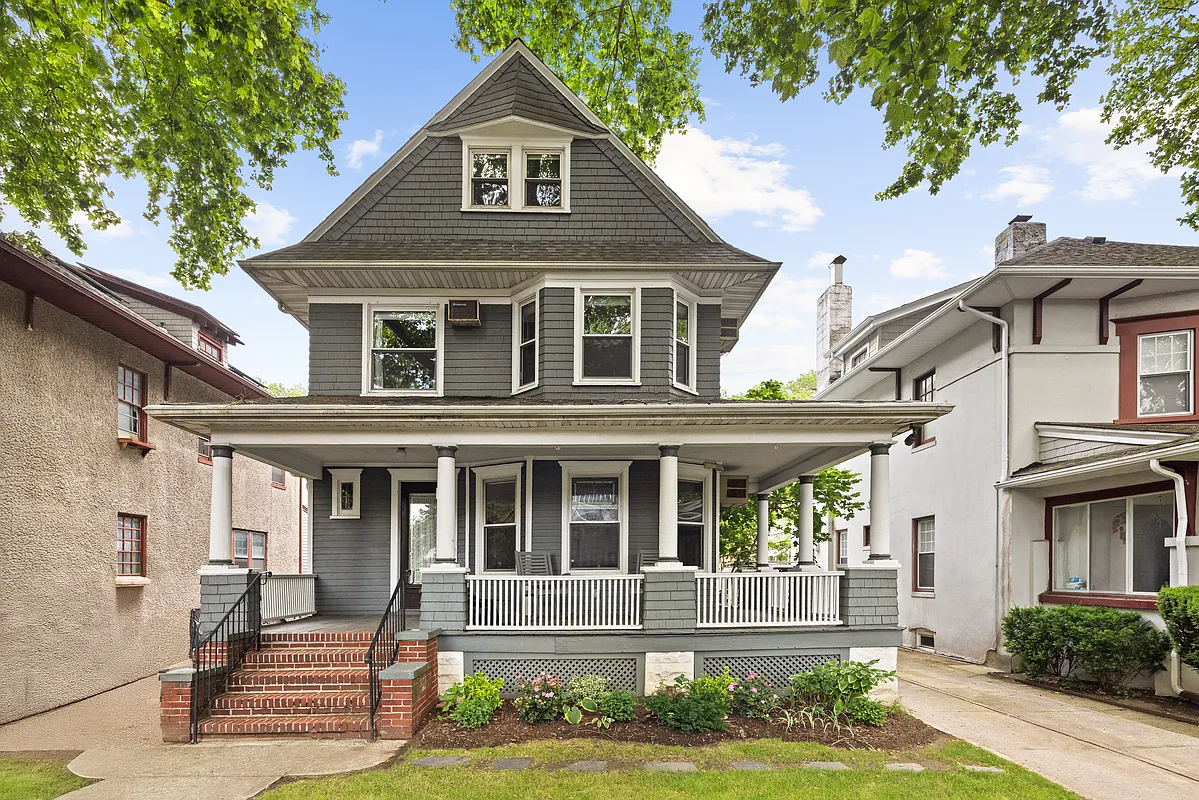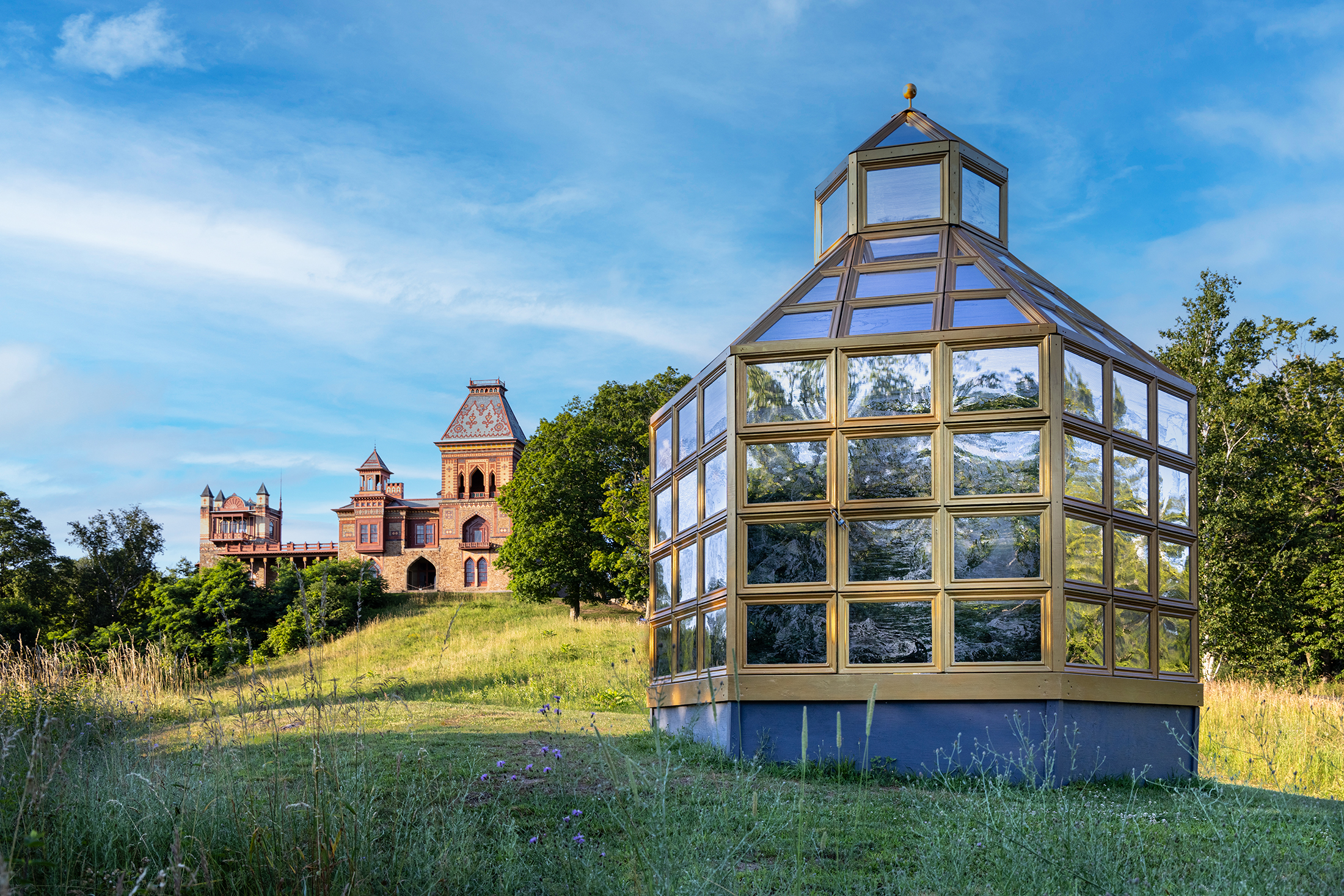Walkabout: Going back to the root of it all
I began this new career of mine, here on Brownstoner, to share the beauty of architectural ornament, and every once in a while, I like to go back to my roots. While I have in no way covered all of the great architecture in Brooklyn, I have gone to places both strange and familiar with…

I began this new career of mine, here on Brownstoner, to share the beauty of architectural ornament, and every once in a while, I like to go back to my roots. While I have in no way covered all of the great architecture in Brooklyn, I have gone to places both strange and familiar with new eyes, and thanks to a camera with a nice zoom lens, have been capturing the ornament that is around us on practically every building around us. More than just pretty details, ornament is serious stuff, found in every civilization, every culture around the world. Philosophers, as well as artists and architects, have been studying the necessity and development of ornament for centuries, and it resonates within us, whether we notice it, or not.
As far back as the first century A.D., Vitruvius, known as the father of engineering and architecture, wrote that ornament was an essential property of architecture. In the 15th century, Leon Battista Alberti, a personification of the “Renaissance Man”, and credited by historians as being the “father of the architectural profession”, wrote ten books on architecture. Four of them are about ornament. By the time the 19th century rolled in, ornament was an essential part of architecture in both theory and practice, and during that century, it became an obsession. Not just in architecture, but in all forms of the decorative arts. We walk by the results of this international obsession every day, in every neighborhood. It wasn’t until the mid-20th century that ornament became scorned, and the elimination of it became as feverish an obsession as its prior use.
There are those who study ornament for a living, including Kent Bloomer, a professor of architecture at Yale University. He codified the use of ornament into seven principles, as written in his book, The Nature of Ornament (2000). These principles are explained in great detail in the book, but for the sake of brevity, here they are, reduced to their core meanings. Ornament’s nature is:
1. Essential driven by line work, rather than mass, space, texture, color, or portraiture, although all of these elements contribute to what we see.
2. Its organization is rhythmic. The geometric and proportional elements are all subordinate to the rhythm.
3. But….the statics of geometry and proportion are critical to the syntax between ornament and its objects.
4. If ornament is a figuration dependent upon multiple grounds, then one of the grounds must be the utilitarian use of the object.
5. But….ornament represents things that are not utilitarian (beauty for beauty’s sake), therefore they become combinational, and the figures tend to become metamorphoses.
6. The life, the playfulness and the fantasticality of ornament exist in the liminal or transitional space of its objects. (Kent Bloomer, The Nature of Ornament, page 10.)
Deep stuff, right? A few of these I’ll cover one of these days, in much more detail. But for now, let’s generalize.
For me, with an academic and vocational background in music, and an avocational love of architecture, the part that resonates with me the strongest is the rhythmic quality of ornament. Think of the rhythm of rows of brackets on a cornice, the dance of a row of wrought iron fences, or the facades of a line of Italianate brownstones stretching to the end of a block, as captured from the side, just so. The undulating line of floral or geometric ornament, captured in pressed metal, on the bowed fronts of late 19th century limestones, or even in the laying of brick. It’s all rhythm, all part of the dance. Perhaps that’s why we are drawn to it, whether we consciously know it or not. Human beings are by nature and design, rhythmic beings, starting with the beating of our hearts. There is rhythm all around us in nature, we can’t help but be attracted to its qualities.
I am also struck by the linear nature of ornament, which brings in the pictorial, the figural elements; the likenesses of people, animals, and fantastic creatures of our imaginations. Here, too, comes Bloomer’s idea of metamorphoses. Is a frieze with the bust of an angel, or the head of an Indian, or even a lion, or humble dog, necessary to the function of the building? Of course not, yet wouldn’t the building be a lesser one, if all was removed? What about when that portrait is now part of a functioning column or other structural element? Are Art Deco incised swirls and patterns, or the writhing meanderings of Byzantine leaf essential to the function of a building? No…but, then again, yes. Remember the dance, in architecture, as in life, there is always the dance.
Please check out the Flickr photo essay HERE. The pictures are from neighborhoods both familiar and unfamiliar to most of you. They are mostly newer photos, taken over the last 6 or 8 months, so these are discoveries new to me as well, or at least newly documented. As I said in one of my first Walkabouts, ornament is all around us. All we need do is look up and look around.









What's Your Take? Leave a Comment